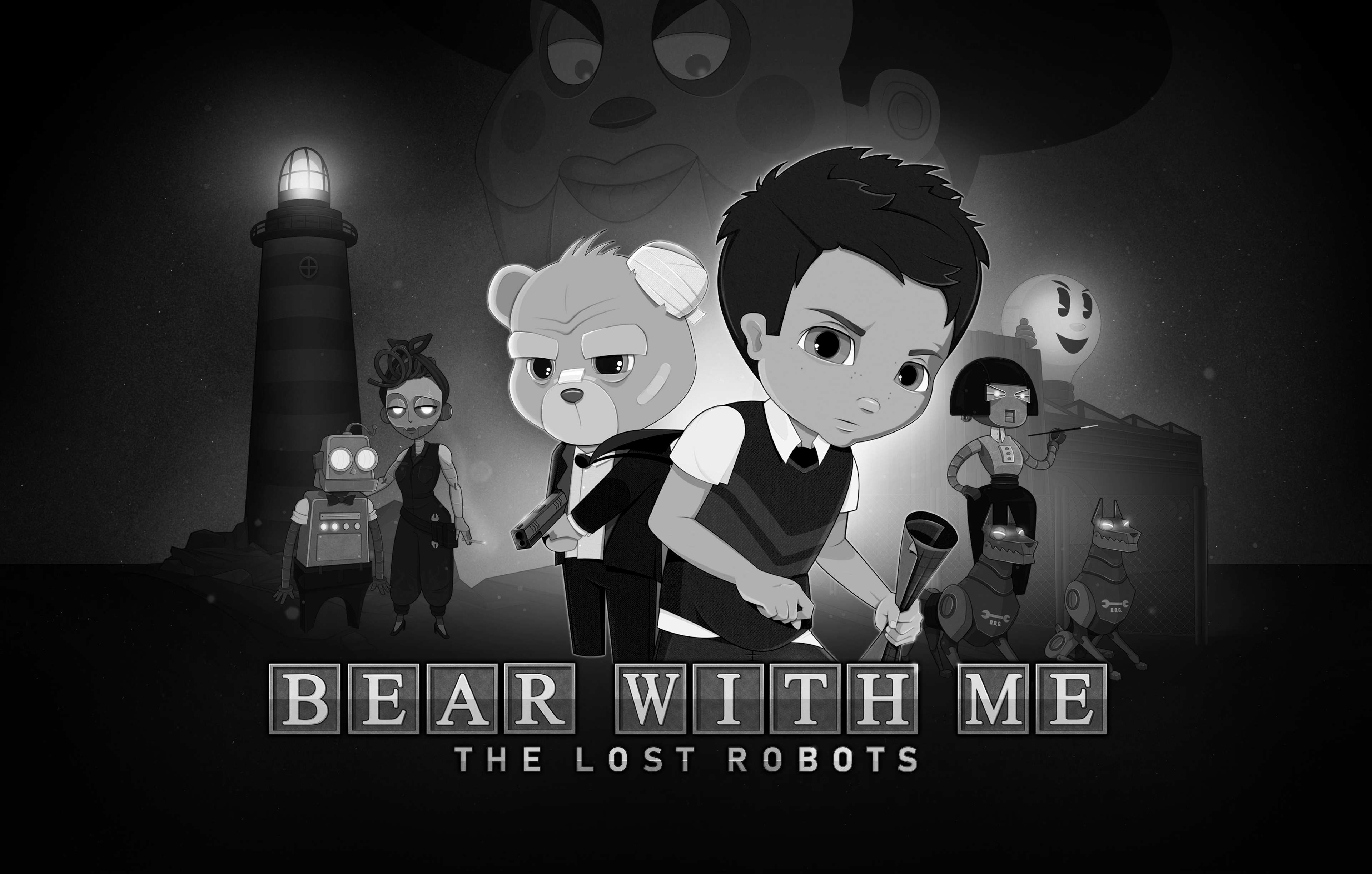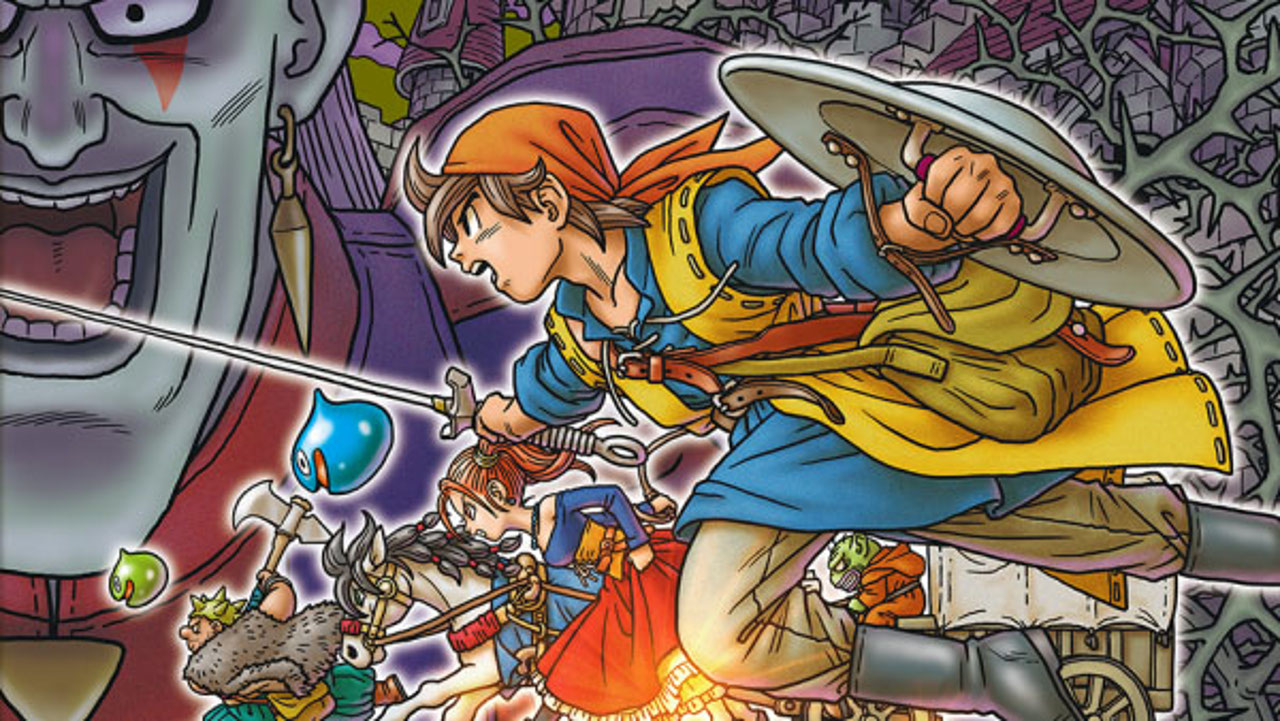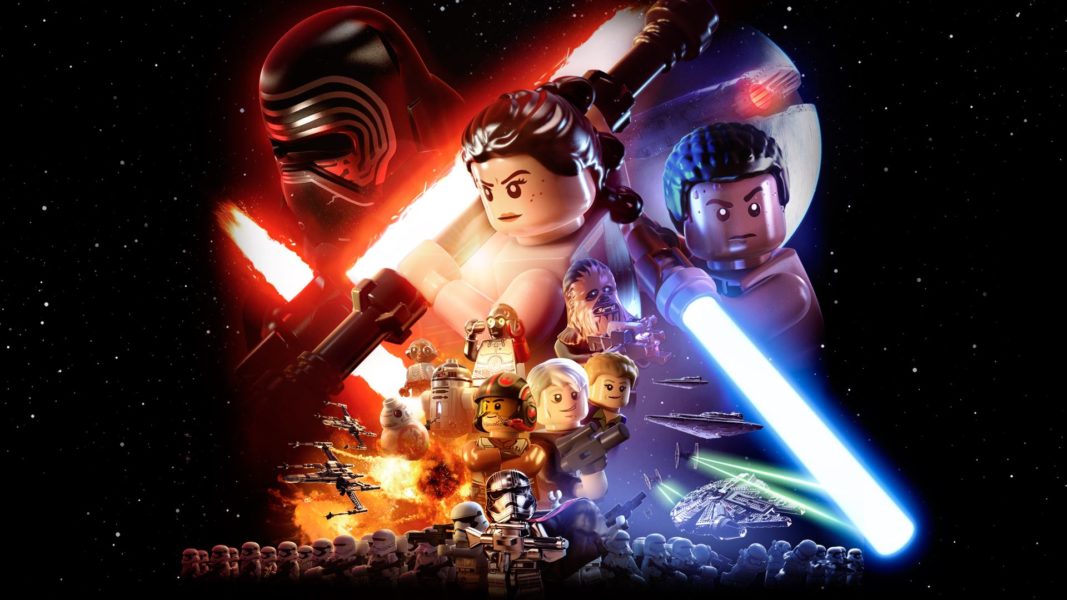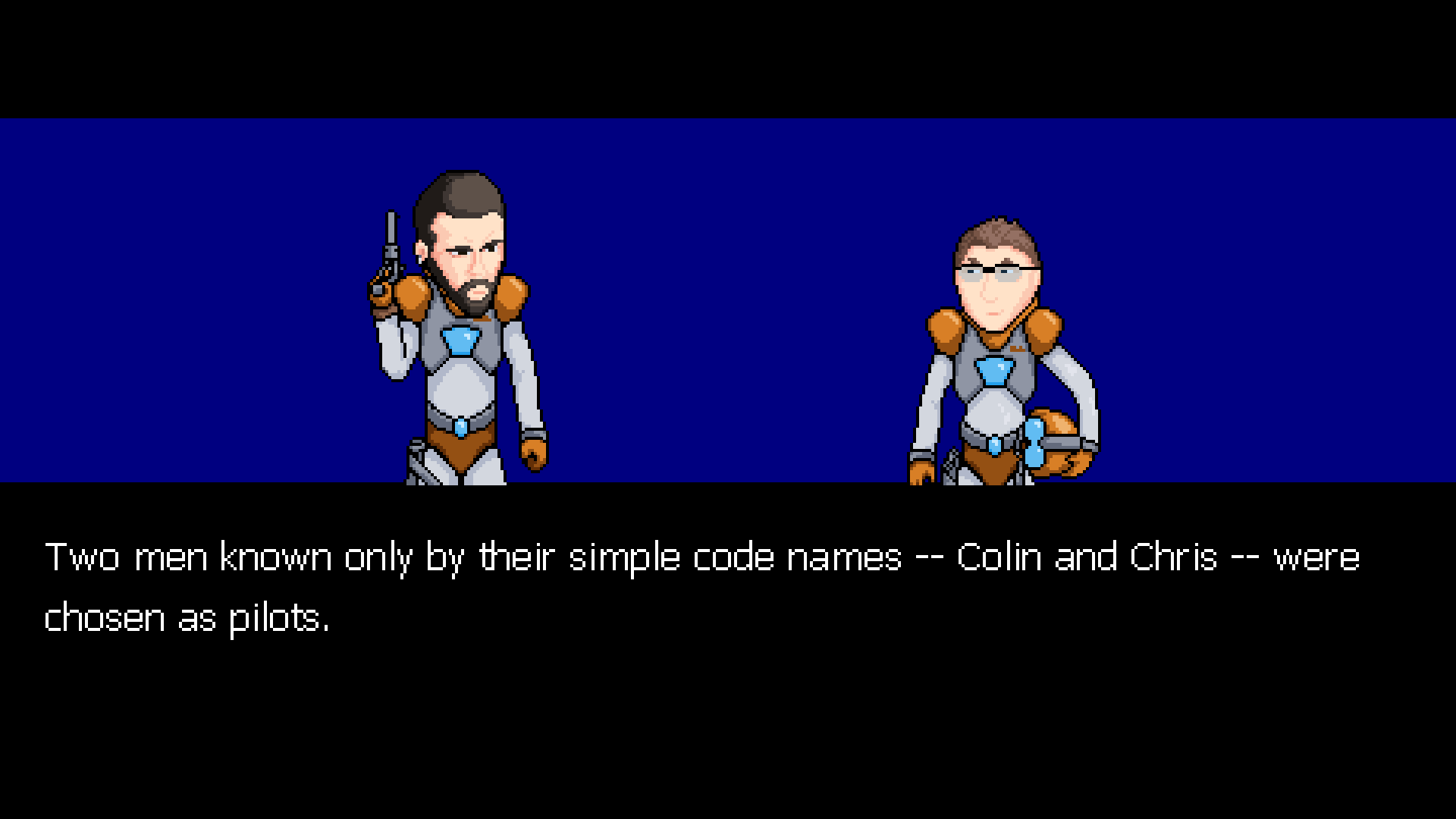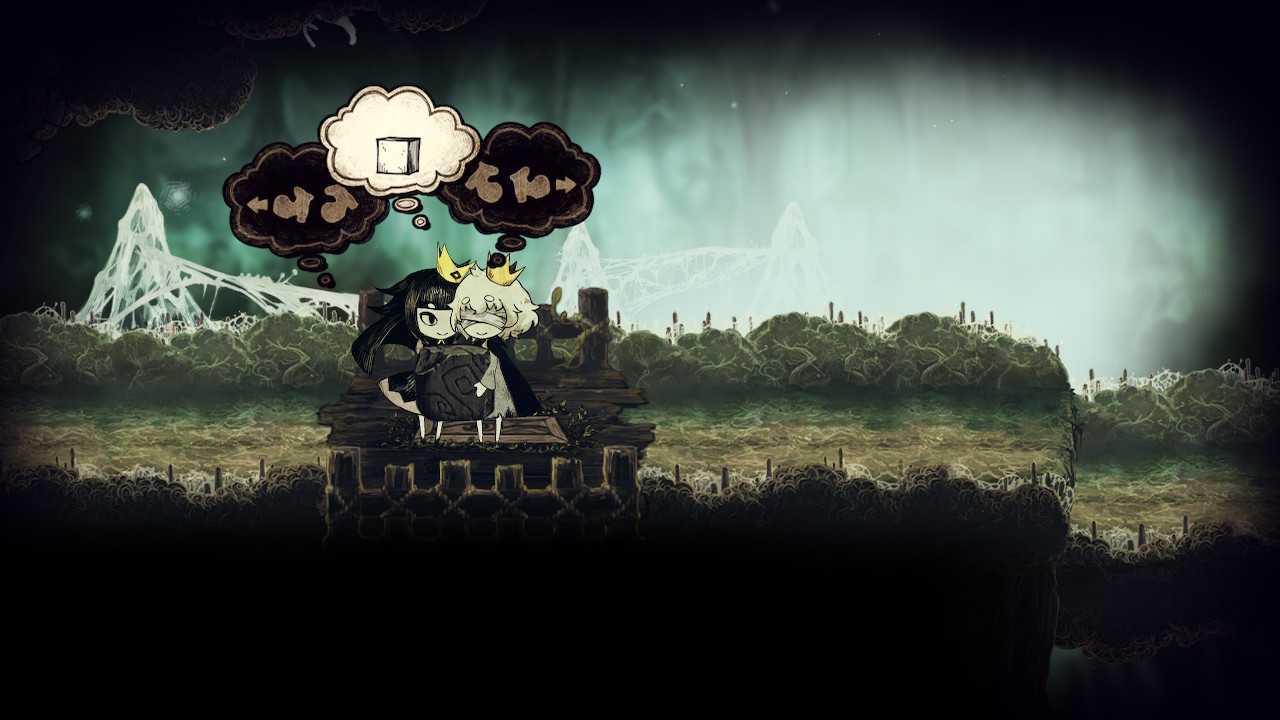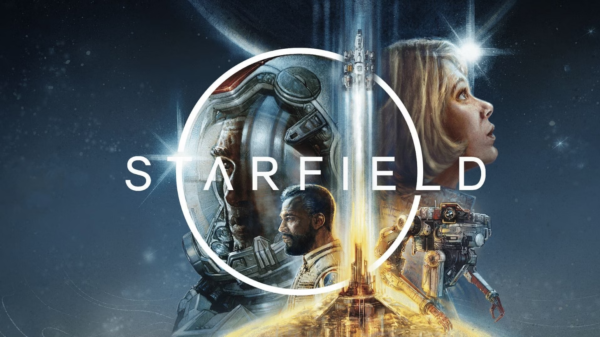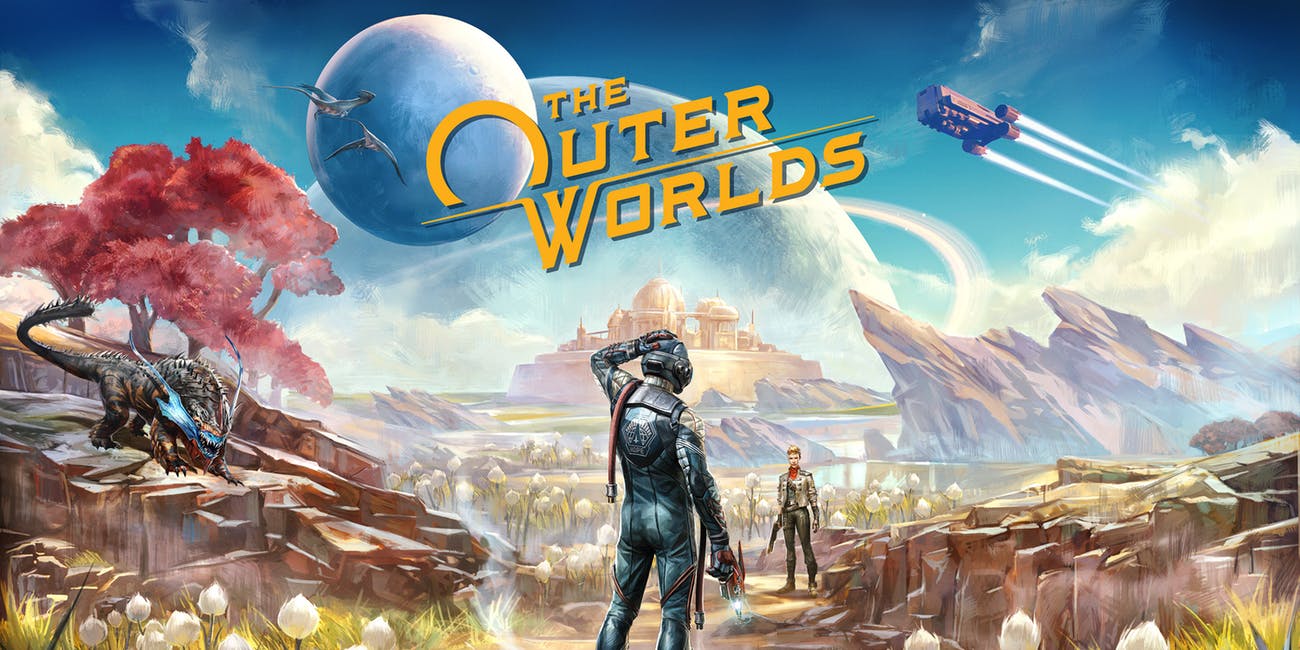I can’t stop thinking about Inscryption, as the more I played, the deeper it wormed its way into my head. It’s an experience that’s part trading card game, and part unrelenting nightmare.
Inscryption
Developer: Daniel Mullins Games
Price: $20
Platform: PC
MonsterVine was supplied with a PC code for review
As I said in my preview of the demo earlier this month, any game with Daniel Mullins’ name on it should raise alarms to be on your guard. Whatever kind of game you think you’re about to be playing, trust me when I say it’s going take hold of the wheel and steer you in directions you aren’t expecting. This is one of those games where I’d be hard pressed to even recommend seeing a trailer, and if you do make sure it’s the very first one as it doesn’t reveal too many of its cards in that one. The basic premise of the game is that you’ve awoken in a cabin where you’re greeted by a stranger who clearly doesn’t have your best interests at heart. You’re there for his own entertainment, and you need to figure a way to escape through a game that’s part rogue-like and part escape room. Despite the twists and turns the game takes, that basic premise still lies at the core of a lot of the game and that’s as much as I’ll say without potentially ruining some of Inscryption’s surprises.
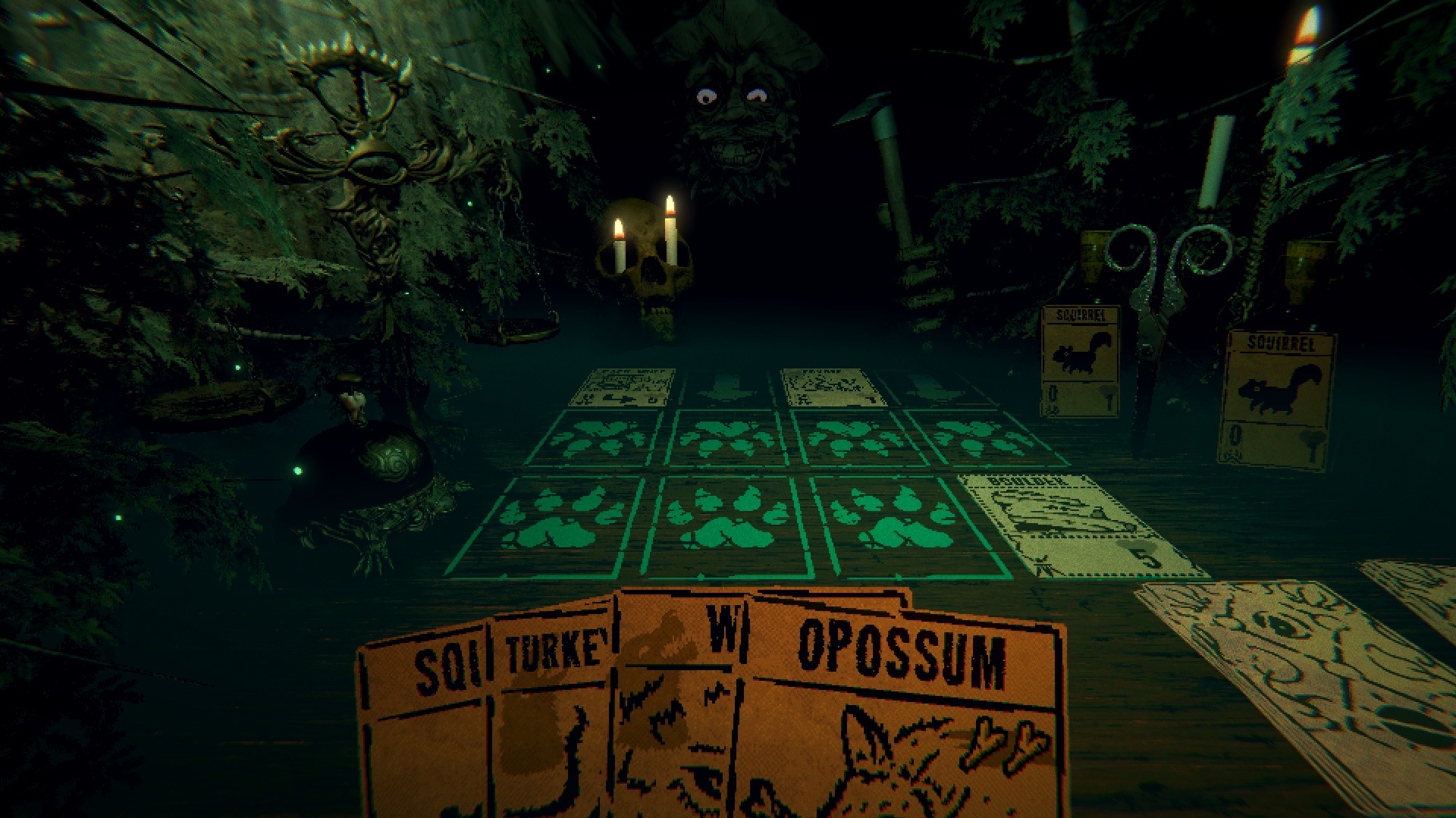
At its core, Inscryption is a card game with some roguelike elements to it, but you’ll eventually realize it’s so much more than that as the game unmasks itself. The game’s card game foundation is simple: you and the stranger both have a field of four tiles to play cards on and each turn you can either pull from your deck or grab a squirrel card. Your goal is to deal enough damage to the stranger so the scale keeping score tips over, however you can’t do that with just squirrels. You’ll instead use these cuddly critters as fodder to be sacrificed so you can summon more powerful cards like wolves or bears. This then creates the flow of the game as you juggle between drawing squirrels to use as sacrifices, or pulling a powerful card from your main deck. Adding to this, creatures themselves have their own abilities unique to their type. So birds can fly over an opponent’s creatures to attack them directly, or you might find a wolf cub that’ll turn into a more powerful adult after a turn. The more you play through the game, the more it builds on its systems until it becomes a regular Tower of Babylon with dozens of modifiers to keep track of. Thankfully the game allows you to immediately inspect a card to open your trusty book that explains how all abilities in the game works. Eventually bones are introduced to the game, where you’ll gain a bone anytime a creature dies and these are used to play creature cards that require bones instead of sacrifices.
Through dumb luck and planning, I was able to pull together my most satisfying run as I built a totem that made all squirrel cards worth three sacrifices instead of one, acquired a card that required only a single sacrifice that could attack three tiles at once for seven damage each, and I acquired multiple cards that had the ability to let me search my deck for any card I want. Guess which one I always searched for. It was the closest the game allowed me to a power fantasy as I shredded my way through the stranger’s games only to have my hubris checked as I got too cocky and accidentally skipped a turn allowing the stranger to get a full swing on me on my last goddamn life. It was a thrilling run that just fueled me to do better on the next.

As the game progresses, the level of depth to its deckbuilding eventually reveals itself to you. Now you’ll play these games against the stranger by moving through the gameboard where you’ll choose your path (similarly to how FTL’s map worked) and encounter various events between battles. You might come across a sacrificial stone where you can imbue the powers of one card onto another, or perhaps take refuge at a fire with some unsavory folk who are hungry and eyeballing your critters. There’s always an air of danger in Inscryption, due in part to its unsettling visuals and phenomenal sound design.
Choosing the right path is key to making sure you can build an optimal deck by the time you reach the next boss, who are puzzles to solve in their own right. You might find yourself at a fork in the road that leads to an easier battle on one path, but maybe some encounter stops you’re not interested in. While another path will definitely have a riskier fight, but the rewards are worth it assuming you can survive. Or hell, you might even get the opposite. You never know what you’re going to get, due in part to the roguelike nature of the game that randomizes the gameboard after each death. Don’t sweat death too hard though, as it’s sometimes required to uncover new secrets. So while no path in Inscryption is ever wrong, you best believe whatever you do is going to fill you with dread and anxiety.
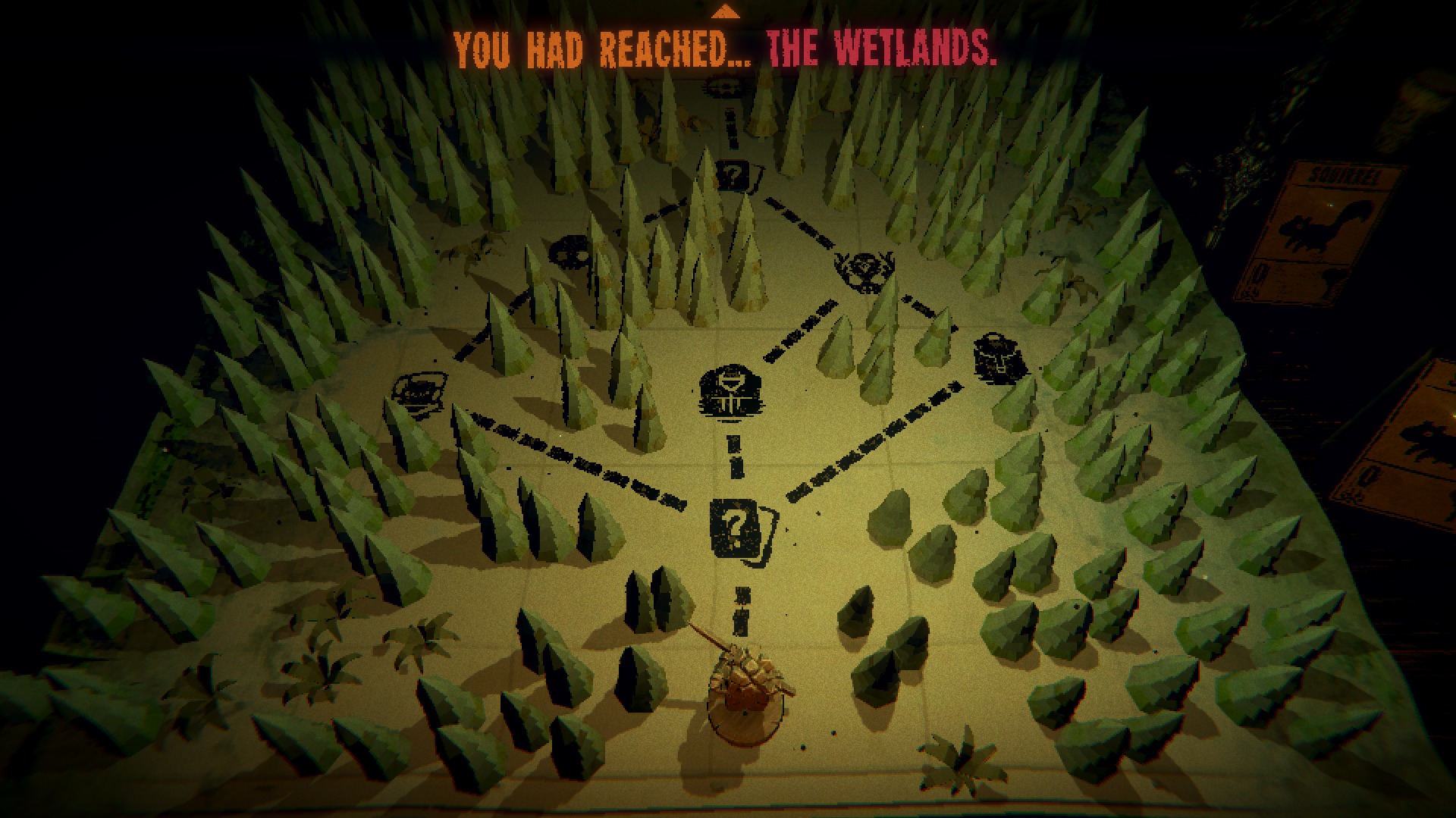
Thankfully you’re free to get up from the table to stretch your legs and poke around whenever you’re not actively playing a game. Free from the table, you’re able to explore your surroundings to uncover items that will help you get one step closer to freedom. Some puzzles are a little obvious to solve, while others require a bit more thought. And while not every puzzle is required, going out of your way to solve them will always benefit you in some way. I was able to acquire a lucky clover that allowed me to reroll cards given to me which was a godsend during some especially bad pulls. Between these escape room moments, and the core card game, this is just the game’s starting point as the game builds upon that foundation in new and interesting ways.
 The Final Word
The Final Word
Inscryption is one of the most mesmerizingly unnerving games I’ve ever played. A constant, unsettling experience that never lets up and dares you to make sense of it.
– MonsterVine Rating: 5 out of 5 – Excellent







